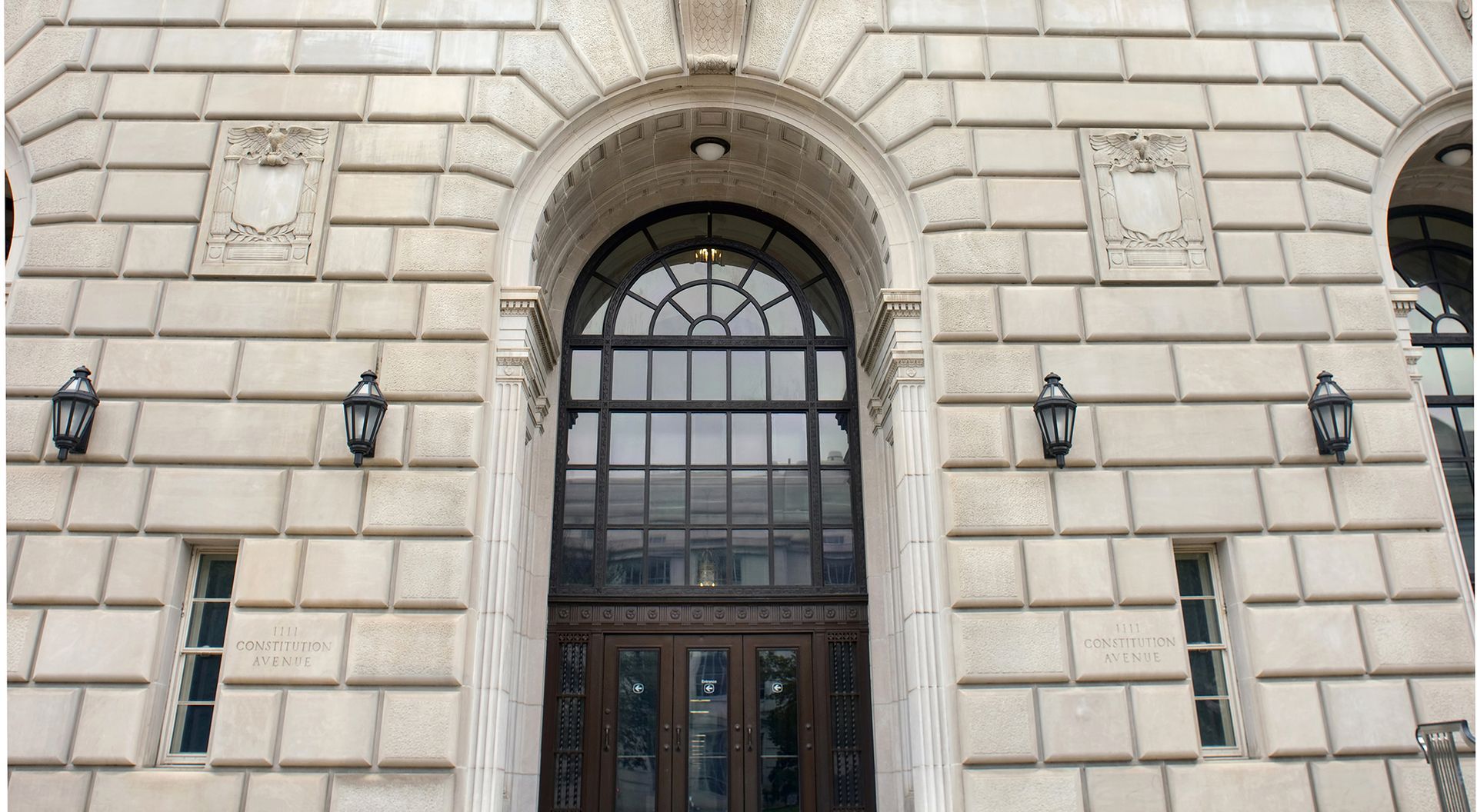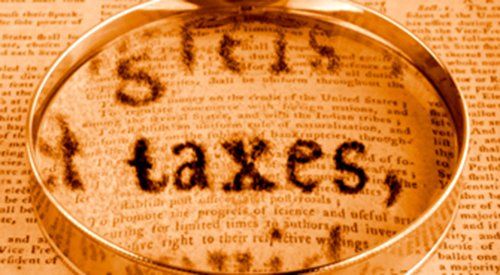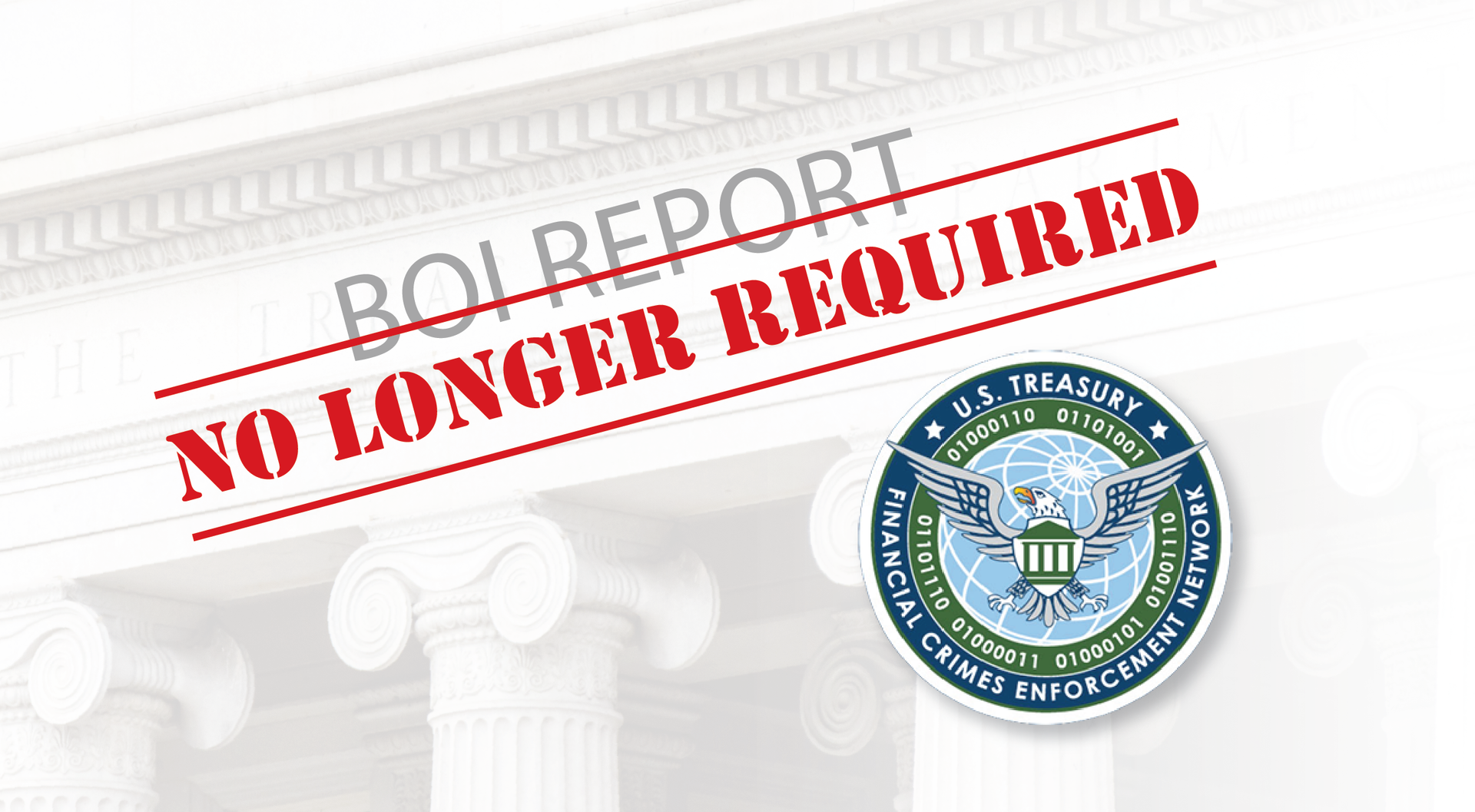IRS Practice and Procedure News Briefs for July 2020
Joshua A. Nesser • July 27, 2020
DEBT-CANCELLATION INCOME – Weiderman v. C.I.R., T.C. Memo. 2020-109 (2020)
Why this Case is Important:
While taxpayers are generally required to pay income taxes on the cancellation of any debts they owe, there is an exception for most debts incurred to purchase a primary residence. As this case demonstrates, though, not all home loans qualify for this exception.
Facts:
The taxpayer in Weiderman
accepted a new job that required her to move to Southern California. As part of her compensation package, her new employer provided her with an interest-free $500,000 loan to help finance her purchase of a new home in the area. She received the loan proceeds in February 2007 and signed a promissory note agreeing to repay the loan within 10 years or upon the termination of her employment, if earlier. The taxpayer used the loan proceeds to purchase a new home - the loan was not secured by a mortgage on that home. In 2008, her employment with the new employer was terminated. As part of her severance package, her employer agreed to waive $255,000 of the outstanding balance, leaving her with a debt to the company of $245,000. On her 2009 income tax return, rather than reporting this $255,000 as cancellation of debt (COD) income and paying taxes on it, she reduced her tax basis in her home by $255,000, under the COD exception for “qualified principal residence indebtedness.” After auditing the return, the IRS determined that the exception did not apply and that the full $255,000 was taxable, resulting in a tax deficiency of over $30,000 and penalties of over $6,000. The taxpayer filed a Tax Court petition challenging this determination.
Law and Conclusion:
Under Section 61(a)(12) of the Internal Revenue Code, when a taxpayer’s debt is forgiven, the amount of forgiveness generally constitutes taxable income. One exception to this rule is contained in Section 108(a)(1)(EB), which excludes from taxation “qualified principal residence indebtedness.” The general requirements for debt to constitute qualified principal residence indebtedness are that it is used to purchase, construct, or substantially improve the taxpayer’s residence, and that it is secured by a mortgage on the residence. In this case, because the loan to the taxpayer was not secured by a mortgage on the home she purchased, the debt was not qualified principal residence indebtedness. That being the case, the Court determined that the $255,000 was taxable as COD income and found in favor of the IRS.
REAL PROPERTY AS CAPITAL OR ORDINARY ASSET - Keefe v. Commissioner, Case No. 18-2357
(2d Cir. 2020)
Why this Case is Important:
Whether an asset is a “capital” asset determines whether the sale of that asset will result in capital or ordinary gain or loss, which, due to differing tax rates and rules for deducting losses, can have a substantial impact on income tax liabilities. At issue, in this case, was whether the taxpayer’s sale of a home that he intended to rent but never actually rented generated a capital or ordinary loss.
Facts:
In this case, the taxpayer had purchased a historic mansion with the intention of restoring and renting it. When the restoration process took longer and cost more than expected and when informal discussions with possible tenants were not productive, the taxpayer decided to sell the property, never having rented it. The property was sold in 2009 at a loss of over $2 million. On his 2009 income tax return, the taxpayer reported this loss as ordinary rather than capital. With ordinary losses being 100% deductible against taxable income (as opposed to net capital losses, which are subject to a maximum annual deduction of $3,000), this characterization was extremely beneficial to the taxpayer. This loss generated a large net operating loss, which the taxpayer was able to carry back and forward to eliminate unpaid tax debts related to his 2004 through 2010 tax returns. After auditing the taxpayer’s 2009 return, the IRS determined that the home was a capital asset and that the sale of the home, therefore, resulted in a capital loss. The result of this recharacterization on the taxpayer’s 2004 through 2010 returns was a tax deficiency of over $1.2 million and over $230,000 of penalties. The taxpayer filed a Tax Court petition contesting the determination.
Law and Conclusion:
Section 1221(a) of the Internal Revenue Code excludes from the definition of a capital asset any real property used in a taxpayer’s trade or business. The rental of real estate rental is considered a “trade or business” for purposes of this exception if the taxpayer engages in “regular and continuous activity in relation to renting the property.” In analyzing whether a taxpayer was engaged in regular and continuous rental activity, the Second Circuit takes into account factors such as the taxpayer’s efforts to rent the property and whether, with respect to the property, the taxpayer performs maintenance and repairs, employs labor to manage the property or provide tenant services, and/or purchases materials, collects rent, and pays expenses. In this case, because the taxpayer only made limited efforts to rent the property and never actually rented it, the Court agreed with the IRS that the taxpayer did not conduct a rental business, meaning that the home was a capital asset and the taxpayer’s ability to deduct that loss was severely restricted.
If you would like more details about these cases, please contact me at 312-888-4113 or jnesser@lavellelaw.com.
More News & Resources
Lavelle Law News and Events

A Type F reorganization (“F Reorg”), governed by Section 368(a)(1)(F) of the Internal Revenue Code, provides a strategically significant mechanism for corporate restructuring. Defined as a “mere change in identity, form, or place of organization of one corporation,” an F Reorg permits a corporation to alter its legal existence while being treated for federal tax purposes as the same entity. This recharacterization allows for the uninterrupted preservation of tax attributes while maintaining shareholder continuity.

When it comes to estate planning, most people think about providing for their loved ones—but what about the furry, feathered, or scaled members of your family? In the United States, 68% of households own at least one pet, according to the American Pet Products Association’s 2023-2024 National Pet Owners Survey. For many, pets are more than just companions—they’re family. Ensuring their care after your death or incapacity is a vital part of comprehensive estate planning. In Illinois, a Pet Trust offers a powerful solution to guarantee your pet’s well-being long after you’re gone.

IRS Press Release Addresses Payment Plan Options - A recent press release by the IRS addressed the options that are available to taxpayers who may owe more on April 15th than they can pay. The IRS advised taxpayers that they do not need to wait until April 15 to file their 2024 federal return, and if they owe and are unable to pay the balance in full, there are payment plans available to help them pay their tax obligation.

Join us on May 21 in Schaumburg for an engaging Breakfast Briefs seminar, delving into vital strategies to fortify your business. This session will explore the critical role of crafting ironclad non-compete agreements, shielding your trade secrets, and mastering the nuances of temporary restraining orders (TROs) and injunctive relief. Our presenters, attorneys Matthew Sheahin and Jennifer Tee, bring a wealth of experience in this legal domain. Seize this chance to bolster your company’s legal protections and lay a solid groundwork for enduring success!

On March 21, 2025, the Financial Crimes Enforcement Network (FinCEN) issued its interim final rule stating that those entities previously classified as "domestic reporting companies" are now exempt from all BOI reporting requirements. On the other hand, all foreign entities registered to do business in the USA must file their own initial BOI reports within 30 days of the initial final rule's publication, if they have not done so already.

Spring is here, and with baseball season kicking off, we’re stepping up to the plate with our annual Lavelle Law Business After Hours event. We’re excited to partner with our friends in the Schaumburg business community for an evening of networking, good vibes, and a few surprises—all hosted in the friendly confines of our Schaumburg office. Bonus points: Feel free to rock your favorite baseball team’s gear and show off your fandom while you’re at it!

Delaware corporations seeking to redomesticate to another state should be advised that on February 4, 2025, the Delaware Supreme Court issued its highly anticipated decision in Palkon v. Maffei, C.A. No. 2023-0449-JTL, addressing a challenge to TripAdvisor's redomestication from a Delaware corporation to a Nevada corporation. The case raised important questions regarding the standard of review applicable to such reincorporations, particularly when fiduciaries may derive a benefit from shifting to a legal regime perceived as more friendly.

Recent legislative efforts in Illinois are reshaping the state’s approach to residential zoning, with significant implications for the housing market. A new bill, House Bill 1814, introduced last week, aims to eliminate single-family zoning in municipalities across Illinois. If passed, this bill will allow for the development of multi-unit buildings in areas currently zoned exclusively for single-family homes. This initiative, alongside a similar bill introduced last year, has the potential to address the state’s growing housing shortage and make housing more affordable for middle-class families.




